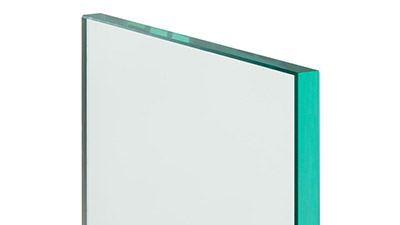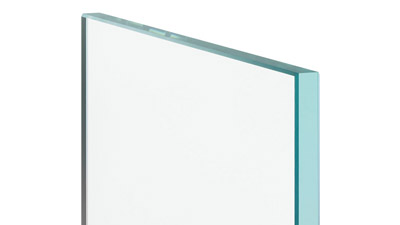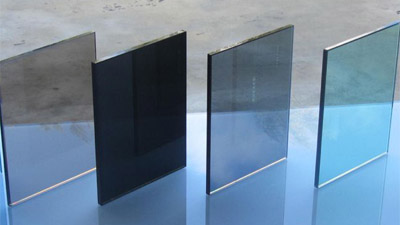Normal glass
Standard clear glass
This is the simplest basic glass. In the past this was often used for glass in interior doors or window frames. At the time that no insulating glass had been invented, this glass was also used in outside frames. This type of glass is nowadays not used as much anymore for safety and insulation reasons. In the event of glass breakage, sharp pieces of glass are created so that you can injure yourself faster. Safety glass, such as laminated or tempered glass, is used nowadays.
Standard clear glass has a very light green tint which is caused by metal oxides in the glass. This is normally barely noticeable but can stand out with thicker glass plates or when you apply a layer of paint to the glass. You can recognize this by looking at the end of the glass, there you see the greenish tint.
Extra clear glass
This glass is made of low-iron glass (glass with very few iron oxides). This makes the glass plate brighter in color and virtually no colour is visible. The front end of extra clear glass often has a light blue color. It is a considerable surcharge compared to standard glass, so ask yourself if this has added value for you.
Stained glass / tinted glass
Colored glass, also called tinted glass, is colored glass in the mass. This means that the color is in the glass and is not applied to it afterwards. This makes the glass transparent with a color. The thicker the glass, the more pigment it contains, the more intense the color. In other words, a gray glass plate of 10 mm thickness is darker in color than a gray plate of 6 mm thickness.

 Nederlands
Nederlands 


